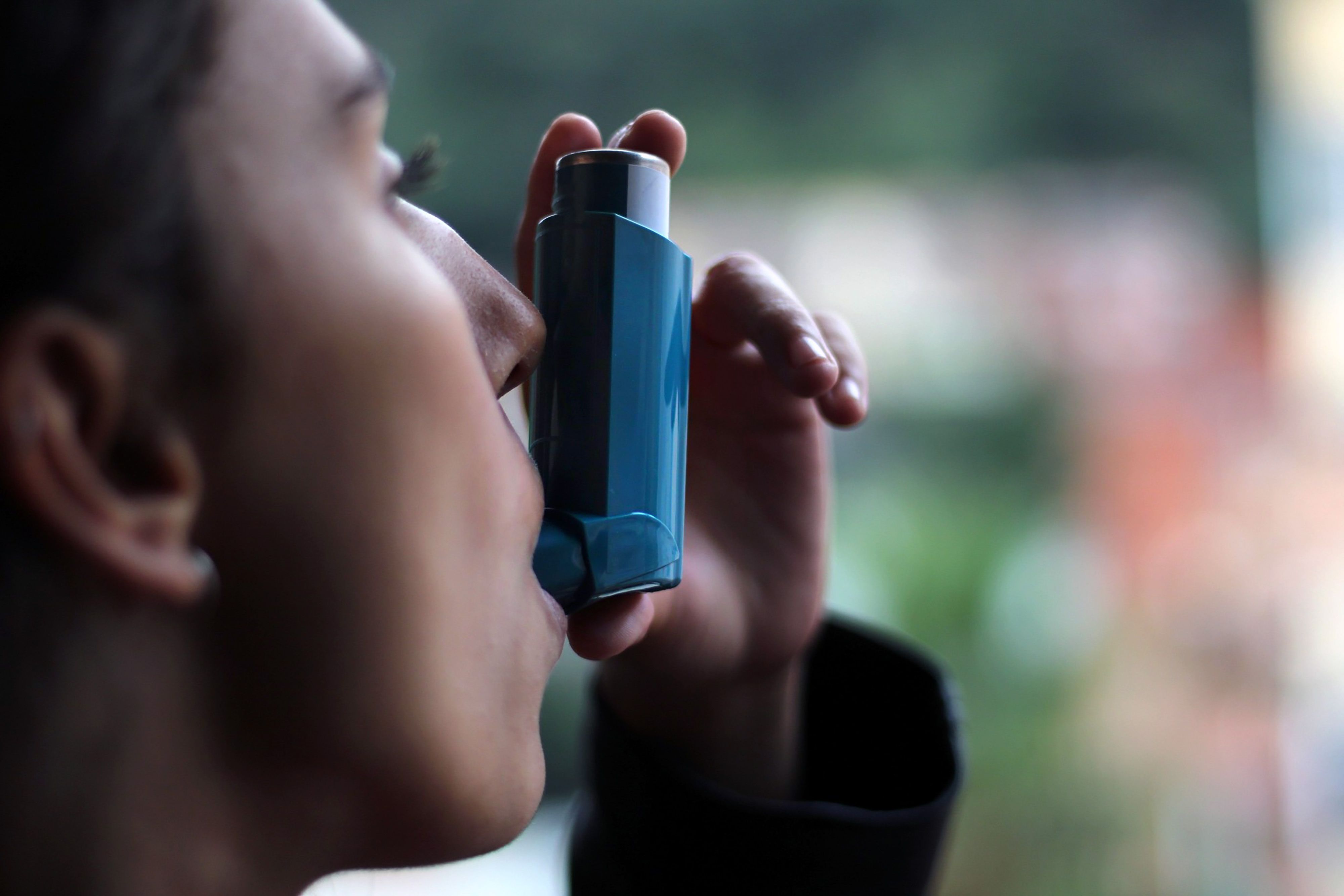News
Article
Opioids and economic downturns behind rise in suicide rates
Author(s):
Women have been affected most by spread of opioids, study finds
When it comes to understanding rising U.S. suicide rates, conventional wisdom has largely focused on factors such as easy access to guns and the growing influence of social media. But new research suggests that much of the blame lies instead with the growing availability and potency of opioids, and the erosion of government services for helping people in need.
Researchers at the University of Colorado at Boulder arrived at that finding after analyzing records of more than 16 million adult deaths between 1990 and 2017. After separating the approximately 600,000 deaths due to intentional poisoning from all other methods of self-harm, two notable years emerged.
In the first year, 1997, a decade-long decline in women’s suicide rates by poisoning—women’s preferred method—reversed and began increasing by about 2% annually. That was a year after the powerful opioid OxyContin became widely available. After controlling for other factors, the study’s authors concluded that increased availability of opioids and other prescription drugs such as benzodiazepines was behind the increase in women’s self-poisoning suicides rates between 1997 and 2006.
__________________________________________________________________________
“In the late 1990s, the method women often consider using to attempt to end their life suddenly became much more potent and much more available, with devastating consequences.”
_____________________________________________________________________________
“Our study showed that the approval, easy access and over-prescription of opioid-based pain relievers had deleterious consequences for U.S. suicide rates for women, a reality that has been overlooked in discussions of the opioid epidemic,” Daniel Simon, a Ph.D. candidate in sociology and the study’s lead author said in an accompanying press release.
“In the late 1990s, the method women often consider using to attempt to end their life suddenly became much more potent and much more available, with devastating consequences,” he added.
The second significant year was 2007, the start of the Great Recession, when nonpoisoning suicide rates for adults of both genders began increasing after many years of relative stability. The authors found that suicide rates in subsequent years correlated with changes in states’ economic conditions, such as stagnating wages, higher unemployment rates and increases in poverty.
Moreover, unlike in the Great Depression when the federal government invested in job creation with the New Deal, in 2008-2009 most government spending focused on stabilizing banks and financial markets.
“Oftentimes, the health consequences of an economic downturn can be mitigated by aggressive moves to alleviate the financial burden of individuals,” said Ryan Masters, Ph.D., associate sociology professor and the study’s coauthor. “Unfortunately, that did not happen during the Great Recession or during the slow and unequal recovery since. This has left individuals more vulnerable to economic stressors and that likely has spilled over into the elevation of suicide rates.”
The study, Institutional Failures as Structural Determinants of Suicide: The Opioid Epidemic and the Great Recession in the United States was published online January 18 in the Journal of Health and Social Behavior.






